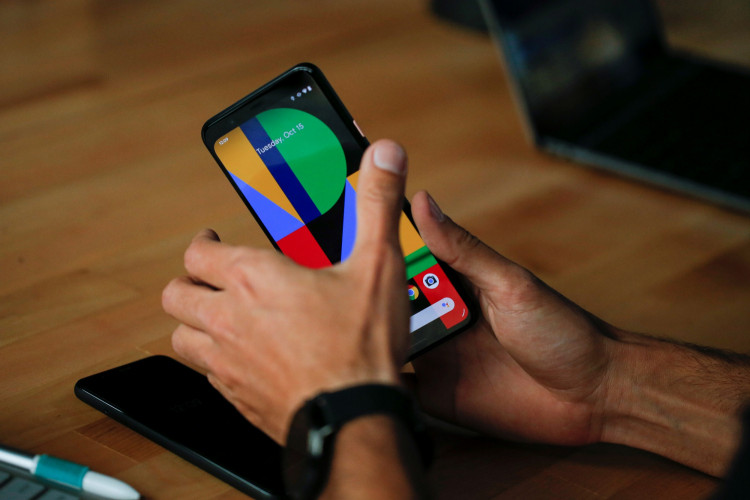With the launch of the Pixel 4 series, Google also introduced Motion Sense technology, which is now considered the most sophisticated feature of the new flagship devices. While the handsets are yet to hit the market, it seems the search giant has decided to set expectations for potential buyers and said that the feature would not be available worldwide.
Android Police reports that the technology behind the Pixel 4's Motion Sense feature has the potential to cause interference in military equipment and navigation systems. Since the technology is based on radar, there are many regulators and rules involved, including a country's authorization. So if you live in an unsupported region, the device will be able to detect it, and the feature will disable itself automatically.
Project Soli, the tech that makes Motion Sense possible, was announced in 2015 during a session at Google's I/O Developer Conference. Google's Advanced Technology and Projects (ATAP) team developed the idea that a radar chip can be used to detect and interpret hand gestures and movements. The company eventually figured out how to create the radar chip in a size that would fit smartphones without compromising its accuracy.
The Soli chip can be found on the front of the Pixel 4, allowing the system to learn hand gestures and interpreting them correctly based on the command of the user. It should be noted that Soli is a radar that can sense movement, and not a camera that can capture any visual images.
Soli's machine learning (ML) model is the reason why it can understand a wide range of gestures. The radar chip produces a broad beam of electromagnetic waves, and the moment a human hand interacts with it, some of these waves are reflected back to the antenna. The ML model will then interpret the gesture in order for the device to perform the command. of
As of writing, countries allowing the use of Motion Sense include the United States, Canada, Australia, Taiwan, Singapore, Japan, and "most European countries." You can find the complete list of supported countries here.
Note that a Pixel 4 from a supported region imported to a country where it isn't will still not make Motion Sense work, as the device will disable the feature by itself.
Google's future plans for Motion Sense haven't been announced yet, but spectators are hoping that it will add Soli at the back of the phone as well. A rep did say, however, that the search giant could potentially use Soli's ambient awareness to boost your productivity on the phone and build out a larger gesture vocabulary.




